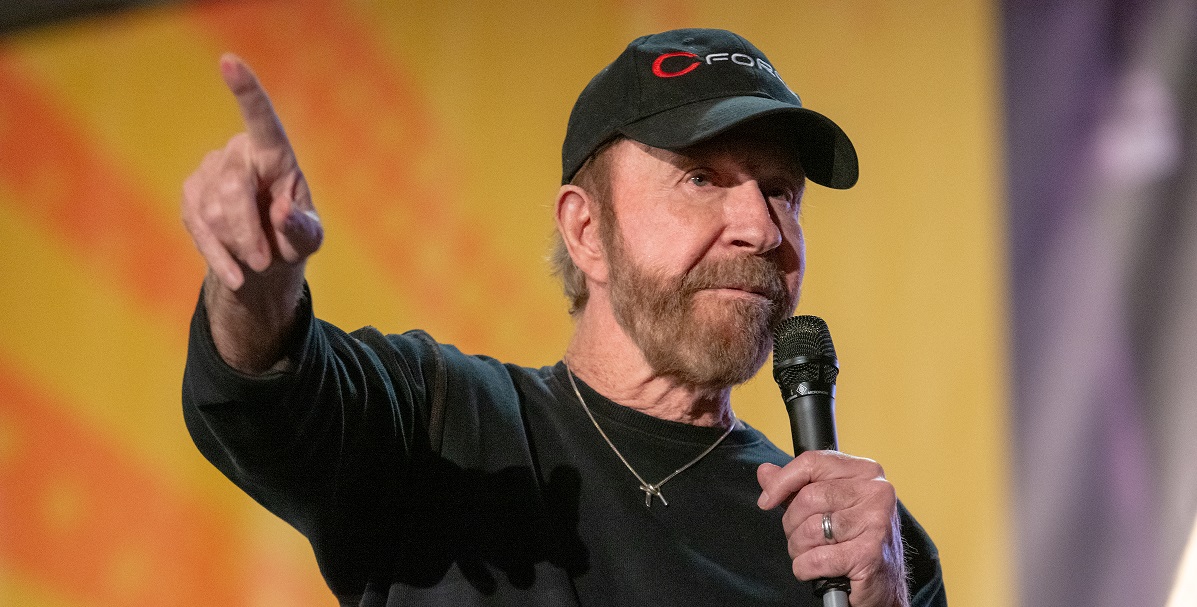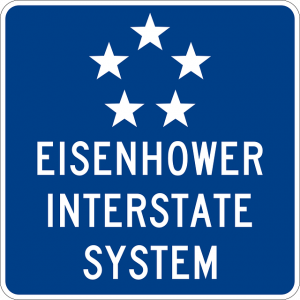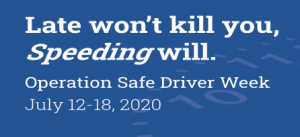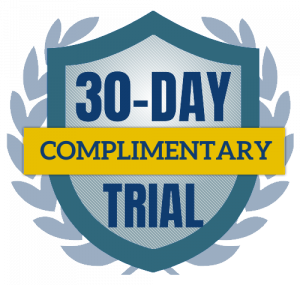BREAKING: VACCINATION TRANSPORT INFO YOU CAN’T MISS
Hello again! Lindsay Presley here, Industry Marketer at Infinit-I. I have some very exciting news to share with you all.
Engage Bootcamp
If you were not able to attend our first-ever Remote Engage Bootcamp, you truly missed an amazing event full of expert advice, strategic development tools, and professional networking.
Expert Advice
Special ‘Thank you’ to Attorney Peyton Inge, Certified Safety Professional Phillip Wigginton, Award-Winning Safety Director Alisa White, and our very own Craig Hart, Mark Rhea, and Nakisha Luckey. You all brought actionable, timely, and relevant information to our attendees along with advice that will change the industry as we know it.
Strategic Development Tools
The strategic development tools were a huge hit! I heard from several attendees say they couldn’t write fast enough to keep up with all the key takeaways. If you missed Bootcamp, don’t worry, just shoot me an email. Lindsay.Presley@verticalag.com I will gladly send you copies of one or all the tools:
- Engage Action Plan Workbook
- Day 1 – Insurance Benefit Calculator
- Day 2 – Opportunity Cost Formulas
- Day 3 – Crash Response Checklist
- Day 4 – 2021 Game-plan
Feel free to use these tools however is most helpful for you.
If you did come to Bootcamp, but missed something, or would like to circle back, ask me for the replay link.
For those who were unable to attend but would like to experience Engage and Infinit-I, let’s make a deal. Simply request a demo, ask Lorenzo for access to Bootcamp, and I will make sure you get an all-access pass to every, single, inspiring, motivational, actionable moment of our first-ever Remote Engage Bootcamp!
Professional Networking
The networking was my favorite part. I truly appreciate the opportunity to connect with other professionals through email, the daily live Q&A sessions, and, of course, the chat window. We talked, we laughed, we connected. Thanks to everyone who attended and made Bootcamp an unforgettable experience!
Just look what they said about Engage:
“Thanks for the training! I love to stay on top of safety topics, and it was great to network with other safety directors to get ideas on how to implement a better program in my office!”
– Katie Wathen Director of Safety, Robbie D Wood, Inc.
“Today was AWESOME! The content was spot on. Cody and I are getting all kinds of ideas to share with upper management! Thank you for having us.”
– Renea Dearing Safety Director, Norton Transport
Fast Forward Series: Industry Expert Series
After an extremely successful Engage Bootcamp in November, we are back to work on our Fast Forward Series: Looking Ahead with Industry Expert Series.
In this Expert Roundtable Series, we have covered absolutely everything you need to know. My favorites, in no particular order, include:
- Driver Retention with Dan Baker
- Safe Driver Week with CVSA’s Chris Turner
- Avoid the Nuclear Verdict with Atty. Peyton Inge
- IWS + Driver Reach with Jeremy Reymer, CEO – Driver Reach
- Tire Maintenance and Safety with Michelin Representatives
- Brake Safety Week with CVSA Safety Director, Will Shaefer
- HOS Changes with Scopelitis President, David Osiecki
- ATRI Top Concerns of 2020 with ATRI President, Rebecca Brewster
WOW! After reviewing all these special guests and topics, even I am impressed. And I was there!
Up Next
We are bringing you, perhaps, the most interesting episode of them all. If you work in transportation and logistics, DO NOT MISS THIS EVENT!
Operation Warp Speed: As COVID-19 vaccinations become available for public consumption, truckers will become front-line heroes. Distribution is happening soon, and it will take all of us. Registration is open now.
Thursday, December 17, 2020 @ 10:30 am
Special Guest:
- Raymond Flemming, President and Founder
- Transportation Specialty Consultant
Hosted by:
- Mark Rhea, Industry Consultant
- Infinit-I Workforce Solutions
- And, me! Lindsay Presley, Industry Marketer
- Infinit-I Workforce Solutions
Check out my LinkedIn here. And my group for Trucking Safety Professionals here. And of course, Infiniti Workforce Solutions here.
Ok, back to the event: Sit in with experts during this high-level overview of procedures, regulations, and industry-wide opportunities. We are packing so much information into this presentation, I am truly wondering if we can even get to it all.
HOT TOPICS:
- – How, When, and Where?
- – The Big Players
- – What’s a truckload worth?
- – Qualifications and Regulations
- – Load Security Requirements
- – Getting Involved
- – Truck Driving Heroes
We have limited space to register. Again, I say: If you work in transportation and logistics, DO NOT MISS THIS EVENT! This will be an Expert Roundtable discussion with live Q&A.
Bring your notepad, bring your questions, bring your colleagues.
Click here to register. See you there!
About Lindsay
 Lindsay Presley is an Industry Marketer at Infinit-I Workforce Solutions. Specializing in the trucking industry, Lindsay has spent her professional career studying and implementing industry best practices. Her positions have included: recruiter, dispatcher, fleet manager, corporate trainer, copywriter, and industry marketer. She knows every aspect of the business including managing front line drivers, insurance providers, executive management, sales, operations, HR, and training.
Lindsay Presley is an Industry Marketer at Infinit-I Workforce Solutions. Specializing in the trucking industry, Lindsay has spent her professional career studying and implementing industry best practices. Her positions have included: recruiter, dispatcher, fleet manager, corporate trainer, copywriter, and industry marketer. She knows every aspect of the business including managing front line drivers, insurance providers, executive management, sales, operations, HR, and training.
Lindsay has garnered her knowledge through extensive dealings in:
| · Tractor-Trailer | · Over the Road |
| · Reefer/Dry Van | · Local |
| · Medium Duty | · Regional/Dedicated |
| · HazMat | · Student Transportation |
Lindsay’s specialty is transforming the dispatcher & driver relationship, enhancing safety cultures, & training fleet operations. She lends her unique points of view to the Infinit-I Workforce Solution blog through years of front-line experience. Throughout her career, she states the most rewarding experience was supporting her favorite truckers: running miles and moving freight.






 Danny P. ran on my fleet for about a year before this particular incident. During that time, we developed a working relationship in which we were truly a team. I trusted his judgment and he never let me down.
Danny P. ran on my fleet for about a year before this particular incident. During that time, we developed a working relationship in which we were truly a team. I trusted his judgment and he never let me down. He called me back with an urgency in his voice that thinly masked his frustration. “They won’t let me get fuel. The computer says I have plenty to get to the next fuel stop. I’m telling you, boss, I am not going to make it.”
He called me back with an urgency in his voice that thinly masked his frustration. “They won’t let me get fuel. The computer says I have plenty to get to the next fuel stop. I’m telling you, boss, I am not going to make it.” It was my best guess, as this was not a typical occurrence.
It was my best guess, as this was not a typical occurrence. Cultivating a solid safety culture as a foundation leads to increased morale, productivity, and retention. We may have saved a few dollars by prohibiting an out-of-network fuel stop, but we could have lost a driver. And we definitely lost his trust.
Cultivating a solid safety culture as a foundation leads to increased morale, productivity, and retention. We may have saved a few dollars by prohibiting an out-of-network fuel stop, but we could have lost a driver. And we definitely lost his trust.


 Truckers do a tough job, and many times, they don’t even receive recognition for it. They stay on the road sometimes for weeks or even months at a time away from family. Truckers work for up to 11 hours per day, day in and day out. This takes its toll, and we have to recognize the sacrifice that truckers make every day helping to keep the American economy in blossom. We have to salute those on the frontlines because, without them, our way of life would change greatly.
Truckers do a tough job, and many times, they don’t even receive recognition for it. They stay on the road sometimes for weeks or even months at a time away from family. Truckers work for up to 11 hours per day, day in and day out. This takes its toll, and we have to recognize the sacrifice that truckers make every day helping to keep the American economy in blossom. We have to salute those on the frontlines because, without them, our way of life would change greatly.


 They experienced numerous infrastructural challenges along the way. The convoy damaged bridges, became stuck off-road, and damaged equipment as a result of roadway conditions. The trip across the country took two months.
They experienced numerous infrastructural challenges along the way. The convoy damaged bridges, became stuck off-road, and damaged equipment as a result of roadway conditions. The trip across the country took two months.



























